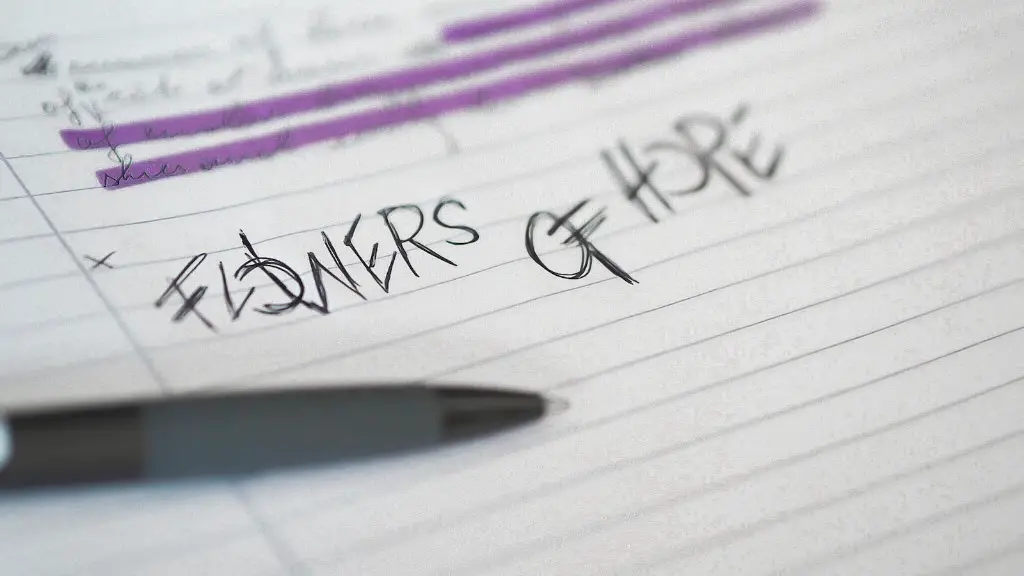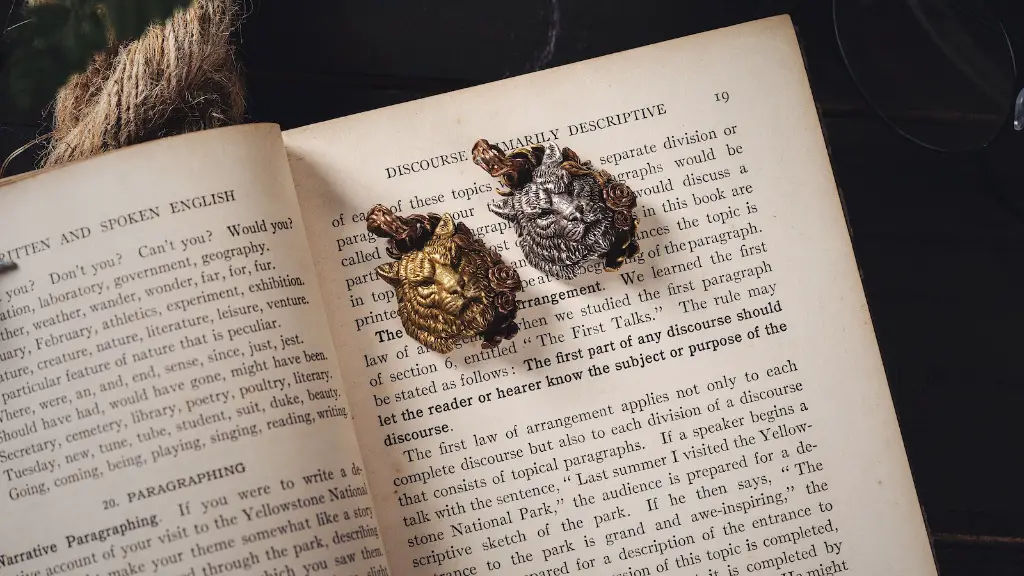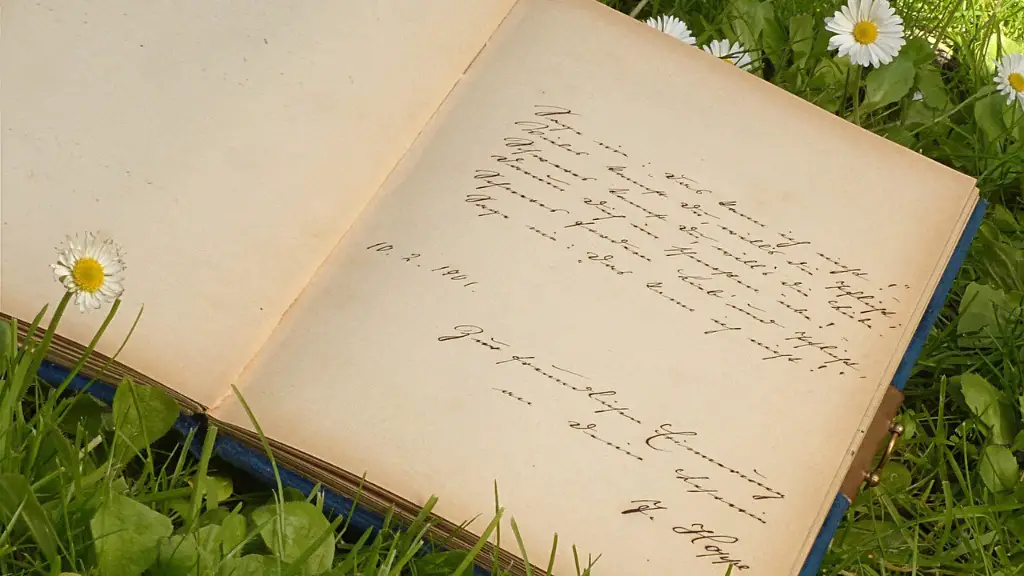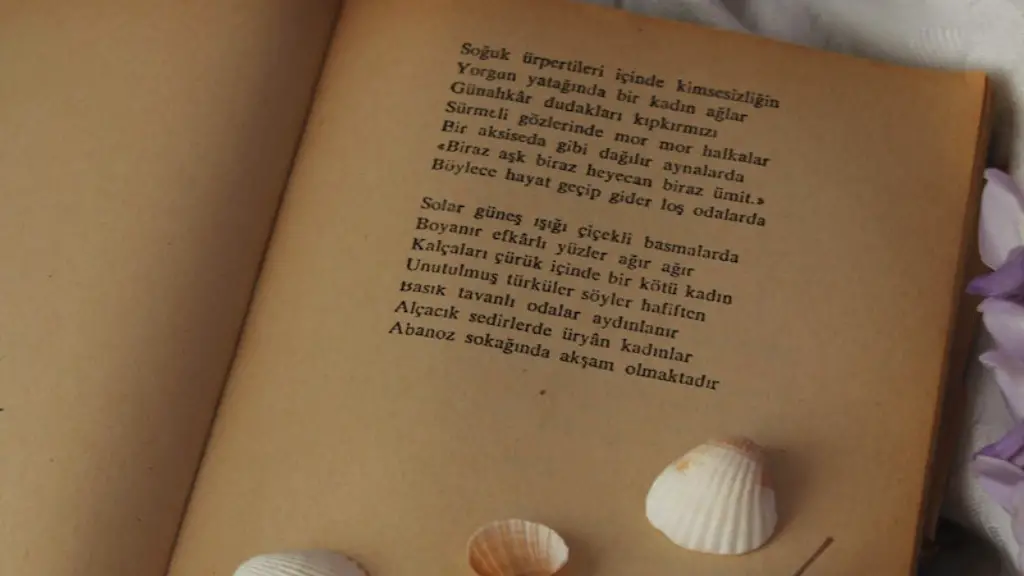What is Tone in Poetry?
Tone in poetry is the poet’s attitude towards the subject of their poem, which may be conveyed through their word choice and style of writing. Tone in poetry is not always easy to identify; however, it can be identified by looking for certain elements, such as the poet’s attitude, imagery and phrasing. Knowing what the poet is trying to convey can help the reader better appreciate the poem and its meaning.
Tone can be described as a mood, atmosphere, or emotion. It is a quality that the poem conveys, which creates a certain feeling or response in the reader. The tone of voice can set the scene, creating a distinct feeling or emotion. Some of the most common tones are happiness, sadness, anger, despair and hope.
Tone can be determined by examining the literary devices and techniques that the poet uses to express their thoughts and feelings. For example, the use of symbols can suggest a certain mood or feeling. Metaphors and similes can also be used to convey a certain tone. Alliteration, repetition and rhyme can also be used to give a poem a certain tone. Thus, understanding the poet’s use of these devices and techniques can help the reader to identify the tone of the poem.
The tone of a poem can also be identified by looking at the overall structure,audience, figurative language and word choice. The structure of the poem can convey a certain attitude or mood. For example, if a poem has a sad or melancholic tone, it may have an intricate and complex structure with many images and metaphors. If it has a happier or upbeat tone, it may have a simpler, more straightforward structure. The audience of the poem can also influence the tone. If the poem is addressed to a specific person or group of people, this can also suggest a certain tone.
Figurative language and word choice can also be used to hint at the tone. Certain words and phrases can evoke certain feelings and emotions. For example, words such as “tears” or “laughter” can imply a certain mood. Similarly, the use of metaphors and similes can also suggest the tone; for example, if the poet is comparing someone to a stormy ocean, this can suggest an agitated or tumultuous tone. As such, understanding these literary devices and word choices can help the reader to identify the poet’s tone in the poem.
Types of Tone in Poetry
There are many different types of tone in poetry, ranging from joyous and optimistic to mournful and regretful. The tone of a poem can also be determined by its subject matter; for example, a poem which is about loss and grief may have a more somber tone than a poem which is about love and passion.
Tones in poetry can also be categorized according to their intensity. Tones can range from tranquil and peaceful to frantic and distressed. Light tones, for example, can convey feelings such as contentment and amusement, while darker tones can convey feelings such as anger or regret. Ultimately, the poet’s choice of tone will depend on the mood or atmosphere they wish to create.
The tone of a poem also depends on how it is written. It can be written in first-person, second-person or third-person point of view. Each point of view offers a different perspective,which can influence the tone. First-person point of view gives the reader an insight into the poet’s thoughts and feelings, typically making the poem more personal. Second-person point of view allows the poet to directly address the reader, conveying a direct and forceful tone. Third-person point of view is used when the poet wants to create a more detached and detached tone, allowing the reader to interpret the poem’s meaning in their own way.
In sum, tone in poetry plays an important role in conveying the poet’s feelings and emotions towards their subject. It can be determined by looking for certain elements in the poem, such as the poet’s attitude, imagery, word choice and figurative language.
Effects of Tone in Poetry
Tone in poetry can affect the poem’s overall impact on the reader. It can create an emotional response in the reader, conveying a certain feeling or emotion. This emotional response can be positive or negative, depending on the tone used. For example, a poem with a more positive tone can evoke feelings of joy and happiness, while a poem with a more negative tone can evoke feelings of sadness and despair.
The tone of a poem can also influence how it is interpreted. Depending on the tone, the poem can be interpreted in different ways. A poem with a more intimate and passionate tone can be interpreted as passionate, while a poem with a more apathetic and distant tone can be seen as cynical and uninterested.
The tone of a poem can also influence how it is remembered. Tone helps to create a lasting impression on the reader; for example, a poem with a positive tone will be remembered in a more positive light, whereas a poem with a darker or more negative tone will be remembered in a more negative light.
Therefore, the tone of a poem can have a profound effect on the reader. It can evoke certain feelings and emotions and shape the reader’s interpretation and remembrance of the poem.
The Power of Tone in Poetry
Tone in poetry can be powerful and have a lasting effect on the reader. It can make a poem more meaningful, helping to convey its message more powerfully and effectively. By understanding and identifying the tone used in a poem, readers can gain insight into the poet’s thoughts, feelings and emotions.
Tone can also be used to create tension and suspense in a poem. By alternating between tones, one can build up suspense and anticipation in the reader. This can help the poem to build gradually in intensity, allowing the reader to become more engaged in the poem.
Finally, the choice of tone in a poem can also help the reader to relate to it. Tone can help the reader to connect with the poet, allowing them to feel a sense of empathy towards the poet. By understanding and identifying the tone of the poem, readers can gain a deeper understanding of the poem and identify with the poet’s feelings and emotions.
Examples of Tone in Poetry
As mentioned earlier, tone in poetry can be determined by examining the poet’s word choice and imagery. Here are some examples of tone in poetry:
“For I have known them all already, known them all—/Have known the evenings, mornings, afternoons,/I have measured out my life with coffee spoons” (T.S. Eliot, “The Love Song of J. Alfred Prufrock”). These lines convey a jaded, almost resigned tone, suggesting a feeling of weariness and resignation.
“Catch the wild wind sail away / Reach for the moon and touch the sky” (Christina Perri, “A Thousand Years”). These lines convey a more optimistic and uplifting tone, suggesting a sense of hope and adventure.
“The fog comes/on little cat feet. /It sits looking/over harbor and city/on silent haunches/and then moves on” (Carl Sandburg, “Fog”). These lines convey a mysterious and enigmatic tone, creating an atmosphere of anticipation and excitement.
Conclusion of Tone in Poetry
In conclusion, tone in poetry can be powerful and can have a lasting effect on the poem’s impact. It can evoke certain emotions and feelings in the reader, allowing them to relate to and identify with the poet’s feelings and emotions. By understanding and identifying the tone in a poem, readers can gain insight into the poet’s thoughts and feelings.





